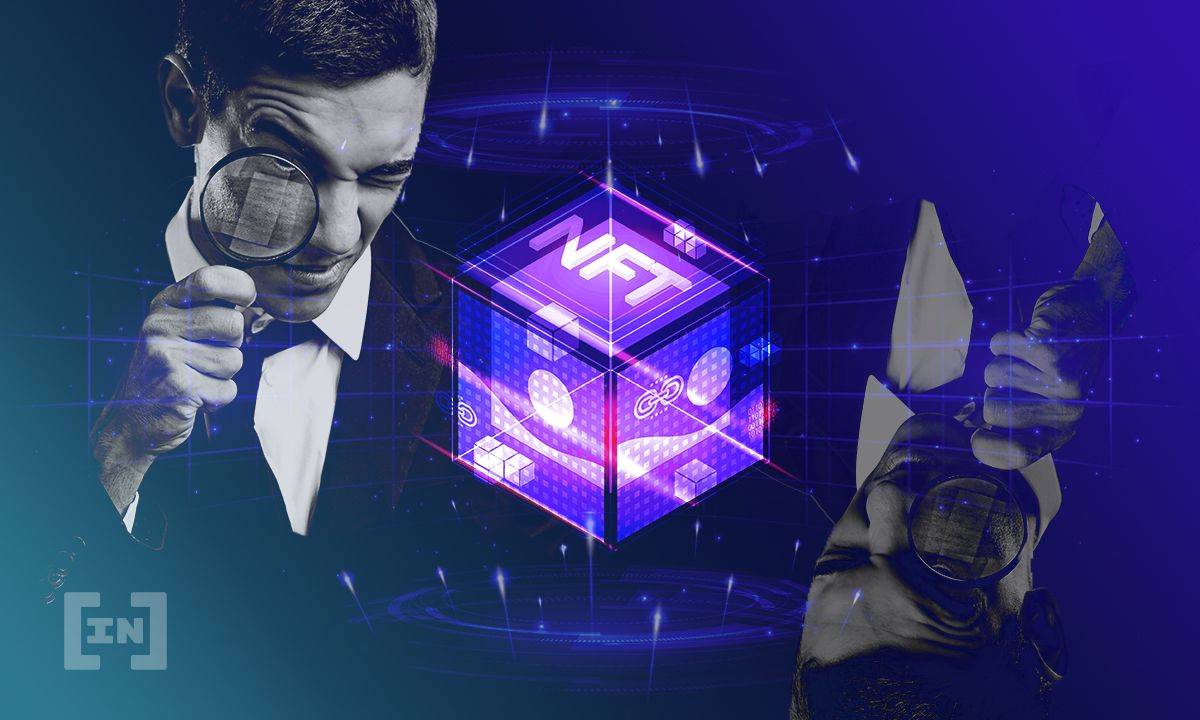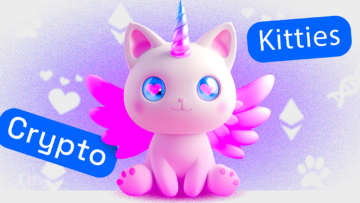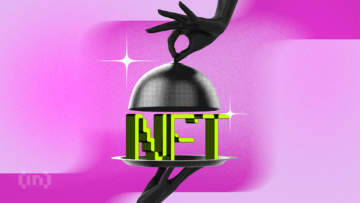Non-fungible token artwork, or NFT art, has proven to be a remarkable way for modern artists to earn fame online, not to mention rewarding them with crypto.
However, the rise of NFT art has sparked a debate. Are NFTs really art? How much do they have in common with the classic art world? And will the value continue to rise in the future? We take a look at NFTs and their connection to the art world and give you the lowdown on how they are valued.
Top platforms to manage tokenized art
Wirex
Free non-custodial cross-chain wallet for NFTs & DeFi
Angelo App
Make art yours: affordable art pieces for everyone
OKX NFT Marketplace
Decentralized market offering NFT trading cards & moreWhat are NFTs?
NFTs are rare digital tokens issued in small amounts and most often only once. The term has certainly become one of the biggest buzzwords in the past couple of years. This is in no small part due to its lucrative nature.
It is also because the NFT world promises the use of creativity used alongside state-of-the-art blockchain technology, and the hype has caught on quickly. While the concept of NFTs is not entirely new, their popularity has seen them adopted by industries ranging from entertainment to sports.
NFTs are bought and sold on various specialized platforms called NFT marketplaces. Some of these tokens have a utility within an ecosystem, such as game NFTs. Others are traded at high prices because of their purported artistic value and because of the support of a large community of fans.
What makes an NFT expensive?
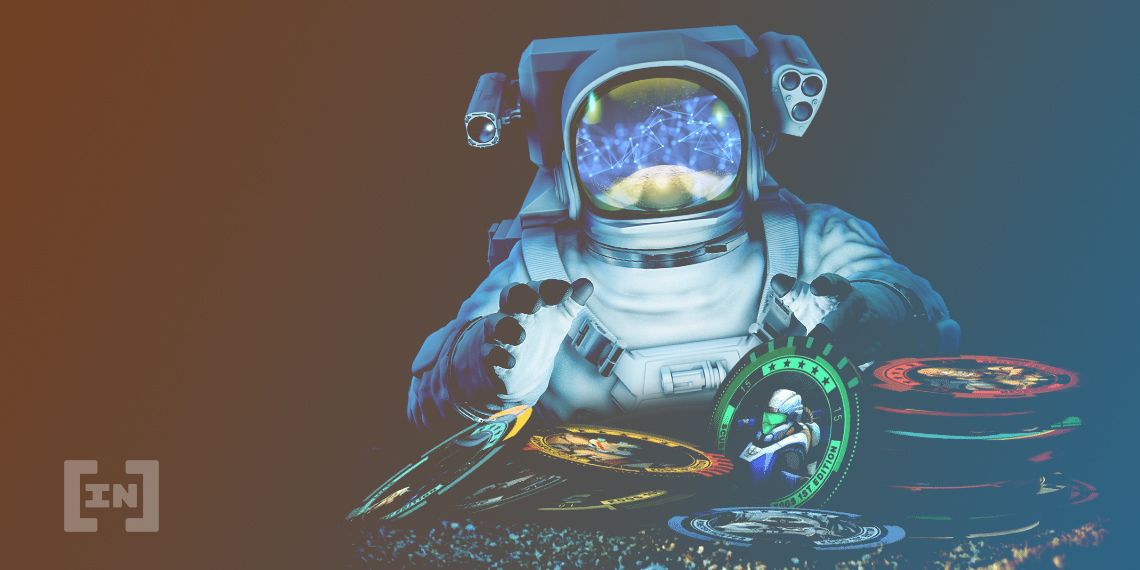
The most expensive NFT to date was sold for $69.3 million at Christie’s auction house. The item in question represents a collage of digital images created by Beeple.
However, there are numerous NFTs that do not get sold, or, if they do, they’re sold for a small amount of cryptocurrency. How then is the NFT value determined? Is it subjective, similar to regular art? To better understand this, it’s important to look at the characteristics of NFTs.
A fungible item is one that can be replaced for one just like it. NFTs, as the name suggests, are scarce and non-fungible. Technically, they are valuable because they are rare or unique. In this regard, it shares a similarity with famous art pieces.
An NFT includes a unique digital signature, which has information about who created the work, when, and the conditions regarding a future sale. All of this information is registered on a blockchain.
When an NFT is sold, the network verifies the information. This confirms that the digital signature belongs to a different owner. It’s no different from having an expert authenticate and appraise art.
All in all, when it comes to NFT art, there are some specific aspects that make an NFT expensive:
- The reputation of the artist
- The community behind the NFT
- Status symbol that the NFT brings along
- Pop culture
- Technology used
- Ease of access
The reputation of the artist
The idea of owning a work signed by Warhol, Picasso, or Rembrandt instantly conjures some excitement. First, given the artist’s reputation, the work should be considered of historical value. Secondly, given the value, it should be worth a lot of money.
The popularity of NFT art exploded in 2021. Some of the most renowned artists in this space are just beginning to garner fame, and that reputation is quickly growing.
For example, Mike Winkelmann, aka Beeple, was already a respected artist prior to selling the world’s most expensive NFT. He started creating digital art in 2007. Winkelman had a sizable online following. The NFT sold at Christie’s included all of the details created during his first 5000 days of work as an artist. Naturally, because of the sale, his future work will also receive attention.
Another example of reputation playing a role in an NFT’s popularity is that of Twitter founder Jack Dorsey. He auctioned his first-ever tweet for $2.9 million. Singer Grimes also auctioned off a collection of digital images and videos for $5.8 million.
Clearly, the reputation of the artist, and their recognition, is a contributing factor in an NFT’s success. Greater exposure is always helpful.
The NFT art community
The community built around NFTs can also be a factor in determining the success of this kind of digital art. Communities are often built on shared interests. In the case of NFTs, they are often built around owners of art from a specific collection.
For example, CryptoPunks, arguably the most famous collection of non-fungible tokens, owes a lot of its success to the exposure created by its community. Many argue that the community is responsible for starting the 2021 buzz surrounding NFTs.
There are 10,000 CryptoPunk NFTs, which were first issued in 2017 and claimed for free. In 2021, more than $200 million in transaction volume relating to CryptoPunks NFTs was processed.
Projects such as Bored Ape Yacht Club, Art Blocks, or Vee Friends have found similar success, in no small part due to the strength of their communities.
Status symbol
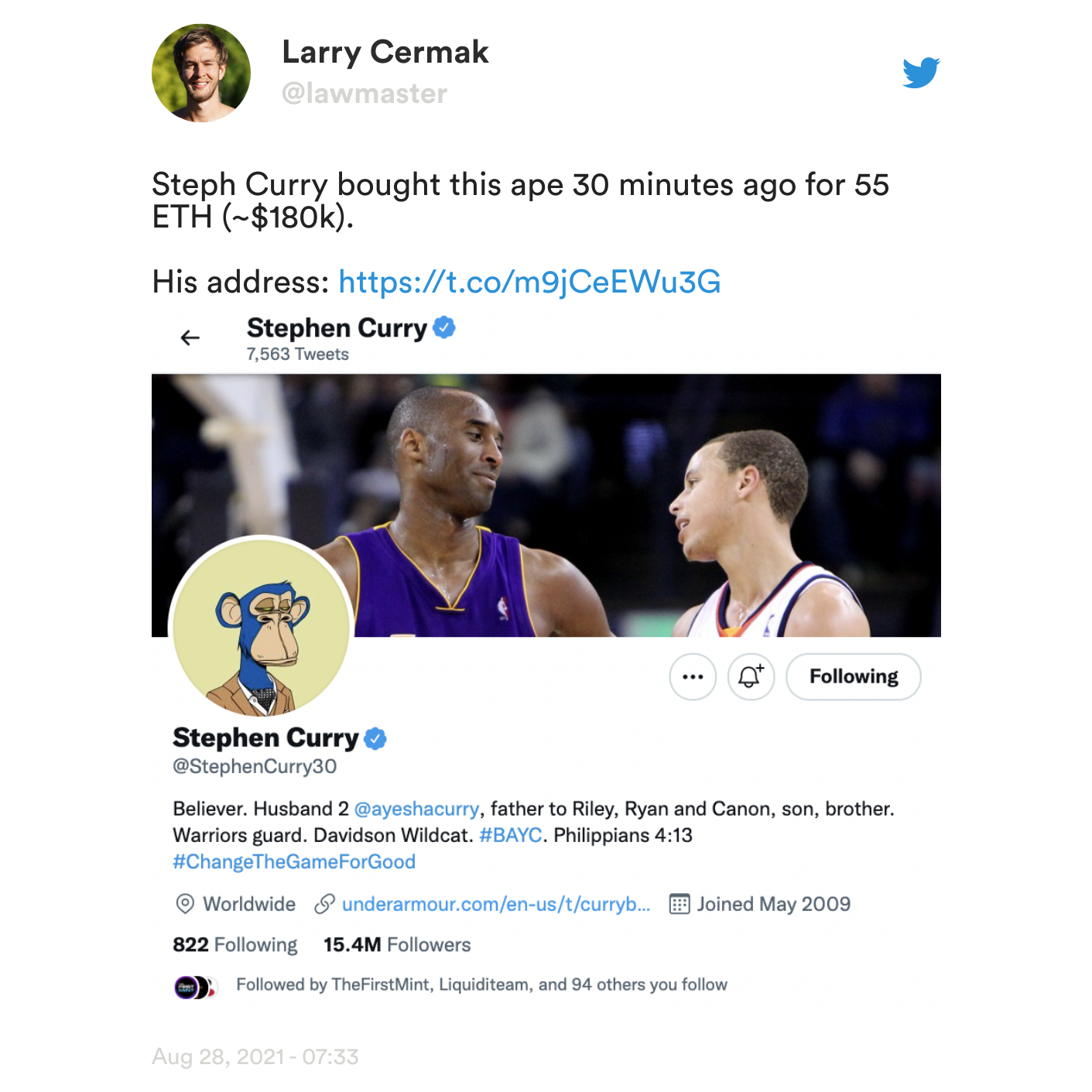
The artistic merit of any NFT in the CryptoPunks universe is debatable. What is not is the number of people willing to pay to own them. Because of this, these NFTs have naturally become veritable status symbols similar to a high-end watch, car, or collectible sports memorabilia.
The value of the NFTs in the collection is determined by a mix of arbitrary and objective traits. For example, the rarest designs are usually the most sought after. The value of such an NFT ranges from thousands to millions of dollars.
Various celebrities have endorsed and even bragged about their ownership of CryptoPunks. These include venture capitalists, internet personalities, or athletes. Clearly, the ownership of valuable NFTs as a status symbol cannot be overlooked.
Pop culture
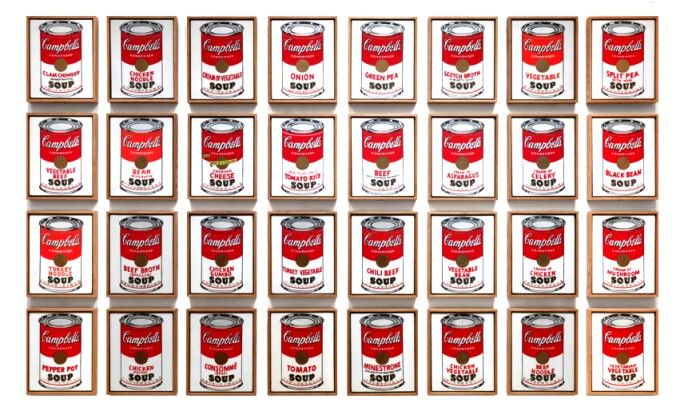
It’s no surprise that pop culture would embrace the NFT world. First of all, pop culture tends to reflect the most popular elements that exist in society at any point. Secondly, many NFTs already include elements of pop culture, symbols, and imagery with which the general public is highly familiar.
NFTs embrace pop culture in the way that a lot of the classic art world does not. It is, in many ways, similar to the rise of the phenomenon known as “pop art.” In 1961, Andy Warhol produced the famous, highly realistic Campbell’s Soup Cans. The design was a direct painting of a Campbell’s Soup Can. The collection that includes 32 paintings has been estimated to be worth at least $200 million.
Andy Warhol was heavily featured in television shows, movies, and books. Similarly, NFTs have been debated over talk shows, featured in famous publications, and embraced by celebrities. In this way, they have permeated the mainstream, with most people now having, at last, a vague understanding of what an NFT is.
Technology
An NFT represents, ultimately, data that is stored on the blockchain. It can be sold and traded, with each transaction being visible on the digital ledger.
NFTs are partly an expression of the public’s growing interest in blockchain technology and cryptocurrency. Furthermore, the most optimistic NFT owners believe that this technology can change the world. They believe that NFTs help to establish the real value of digital content that could otherwise be replicated easily online.
Additionally, NFTs have many other potential uses besides art. NFTs can be used as an access tool similar to a ticket. They can also be used as collectibles, as contracts, as membership confirmation, in-game items, etc.
Ease of access
Another important factor when it comes to NFTs is their ease of access. An owner of an NFT can, technically, check up on their art piece anywhere in the world, at any time.
This is not always the case with real art. For one thing, real paintings have weight, mass, and need to be kept under special, secure conditions. Many of the most famous ones are placed in art galleries. They are monitored by security and can be viewed at select moments of time.
An NFT is always available online. This means that the owner can check on their possession anytime. Furthermore, if the NFT is displayed in a public collection, it can also be enjoyed by members of the public.
What does this mean for artists?
NFTs can prove a great tool for artists to exhibit their work and to get compensated. The hype surrounding NFTs has created a new market. It’s given many artists a platform to which otherwise they would not have had access to.
Furthermore, artists are compensated even after an NFT is sold. Each time that their digital art is sold to a new buyer, the artist may receive a percentage. If the work becomes extremely popular, this means that the artist can receive compensation several times in the future.
Traditional art
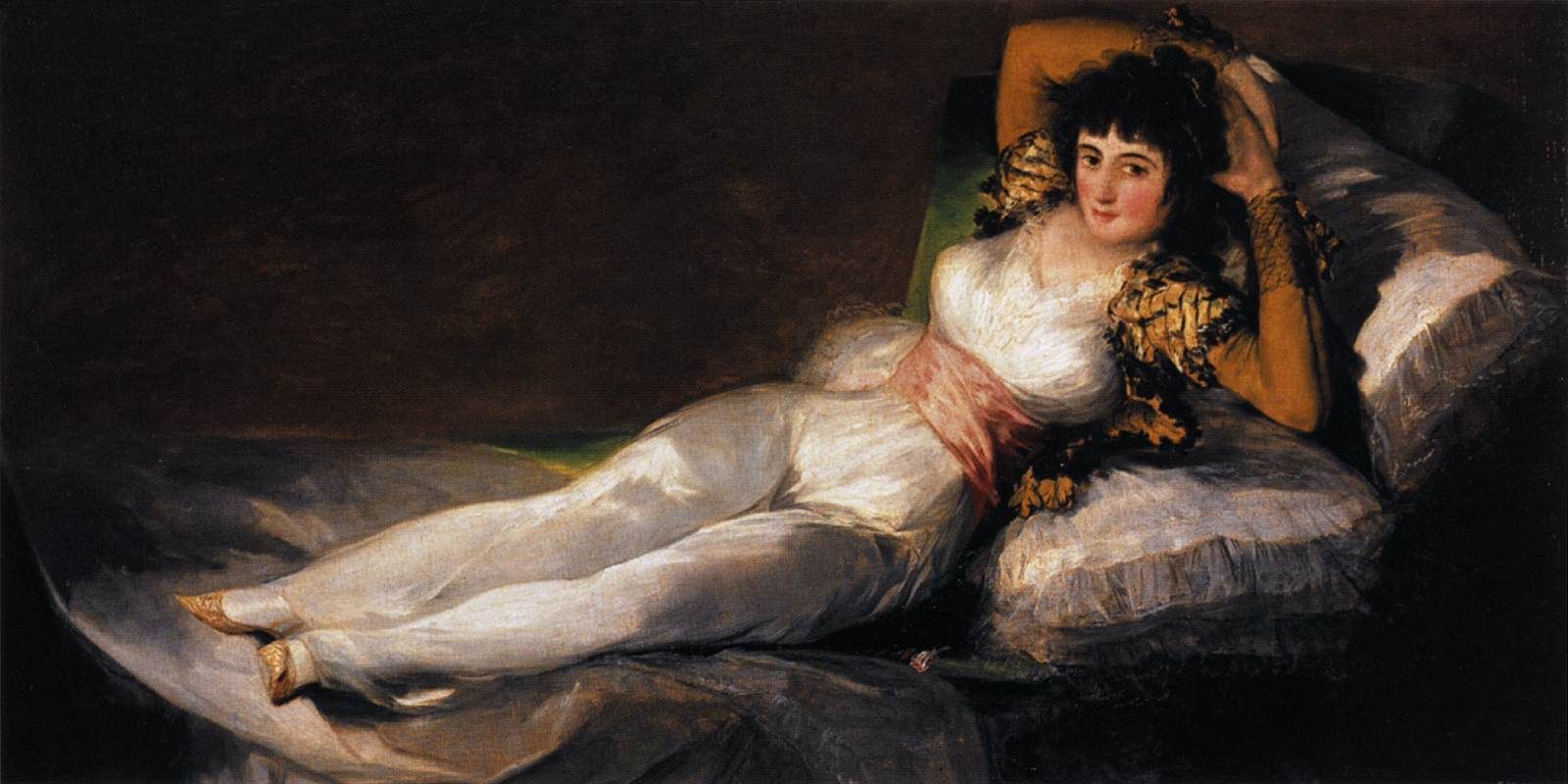
Our discussion, inevitably, brings us back to the question about what makes art valuable. Warhol, Van Gogh, and Rembrandt all had different styles. Each of them had a different technique. While their work is very different, the art created by each of them is highly valued. Beauty is in the eye of the beholder.
However, there are factors that determine a traditional art piece’s value. Art is valuable in a certain historical context, with some styles more popular than others. Because of the rising value of art, many people view it as a sound investment. Finally, the rarity of art contributes to its appeal and fetches higher sums when sold.
Why is traditional art valuable?
The most expensive artwork ever sold is Salvator Mundi by Leonardo da Vinci. It was painted around 1500. It was sold in 2017 for $450.3 million. The painting is considered a masterpiece of Renaissance art. There is no artwork like it, and it is inimitable.
Andy Warhol’s Eight Elvises was created in 1963, selling for $100 million. Its value is determined by the fame of the artist, the subject of the piece, and the historical significance of the art.
All these characteristics can be found in the world of NFTs. They are sought after because of their rarity. They are significant for the time and context in which they were created. As such, they represent an investment.
Message and themes
When we think of traditional art, we are tempted to think of themes related to spirituality or to traditional forms of painting. Certainly, works by the likes of Da Vinci, Paul Cezanne, or Pablo Picasso could be classified this way.
However, the themes and styles represented in art reflect the times in which they were created. Italian Renaissance art of the 15th Century sought to present ancient forms of beauty. Baroque art was preoccupied with the use of light and color. More recently, cubism aimed to create a new perspective by using geometric patterns to represent reality.
NFT art may not resemble traditional art. It is, however, a representation of modern interest. Its themes relate to the thoughts and desires of modern humans. Perhaps, one day, this too will be an art movement discussed by scholars.
The difference between NFTs and traditional art
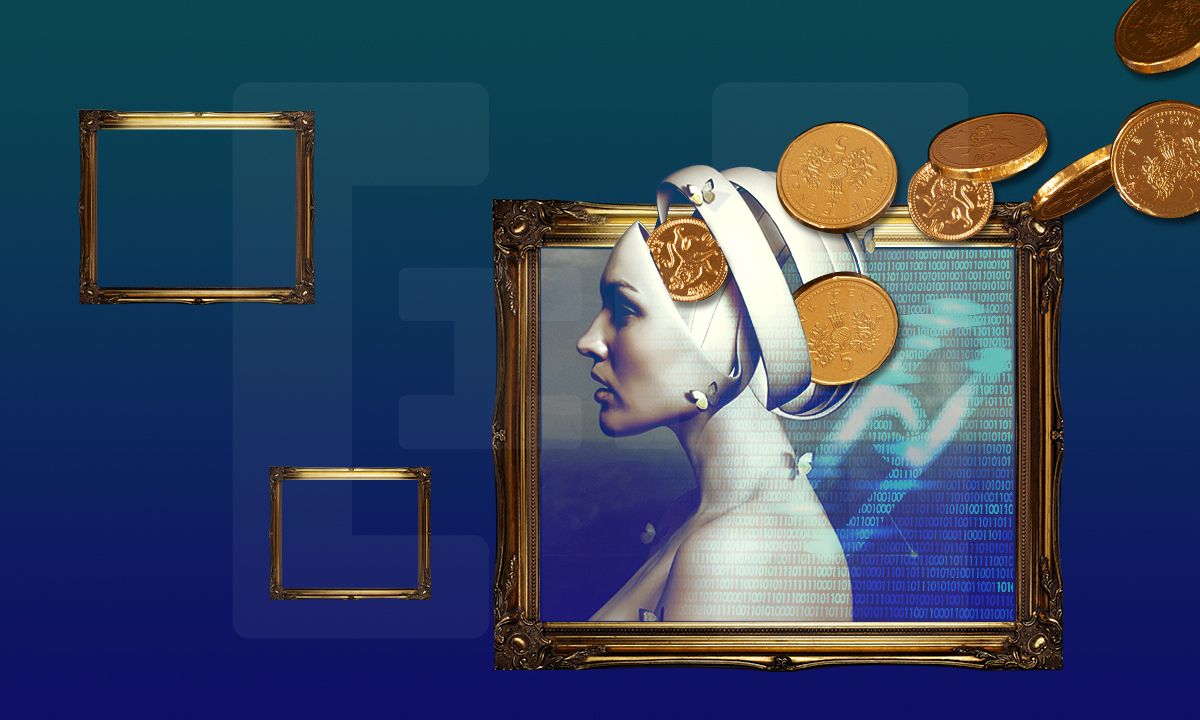
The use of NFTs in art is not a new concept. Art started to exist in a digital form since the invention of computers. But the NFT hype was truly recognized when NFT collections such as CryptoPunks became more popular within the crypto ecosystem.
The major challenge in digital art is its rarity. Artists can combine digital art and NFTs to create works that share many physical art features. But in the end, digital art is reproducible. This aspect is the most disruptive factor in the art industry. With NFTs, artists, art houses, and art collectors can rest assured that the digital art they deal with is truly unique and can only have one true owner at any given moment in time.
While you might find many obvious differences when comparing NFTs with traditional art, some of the most obvious focus on the artist of the digital art. Unlike traditional art, crypto artists are able to exhibit their work on specialized platforms by themselves. They do not need a middleman to facilitate the selling of digital art. Moreover, with the introduction of the metaverse, digital galleries are about to become even more prominent.
NFTs vs. traditional art
Both sides, digital and traditional, of art collectors will argue that their camp is better, safer, and generally more trustworthy. The truth is that they are not the same and probably never will be.
The main differences between NFTs and traditional art focus on the following:
- Creation
- Ease of access
- Authenticity
- Preservation
- Status symbol
- Market
- Legitimacy
- Market reach
- Artists
Creation
Let’s look back at the creation of crypto art vs. traditional art.
The core difference between NFT art and traditional art is that NFTs are completely digital items that can only exist in digital wallets on a specific blockchain. In fact, anyone can create an NFT and sell it on an NFT marketplace. What’s more, the NFT market is highly populated by generative art, such as the CryptoPunks collection.
Traditional art is physical art and can only exist within a single physical space at a time.
Ease of access
Comparing NFT with traditional art brings to our attention a huge issue with accessing the art.
Anyone can admire digital art if the NFT is, let’s say, exhibited in a digital galley. Nowadays, with the explosion of the digital art market, you can see the latest NFTs on marketplaces such as OpenSea or Rarible. For instance, anyone can admire the most expensive NFT ever sold, “Everydays: The first 5000 days” by Beeple.
However, this is not the case with traditional art. You would need to visit a specific museum or galley (in real life) to admire traditional art.
Authenticity
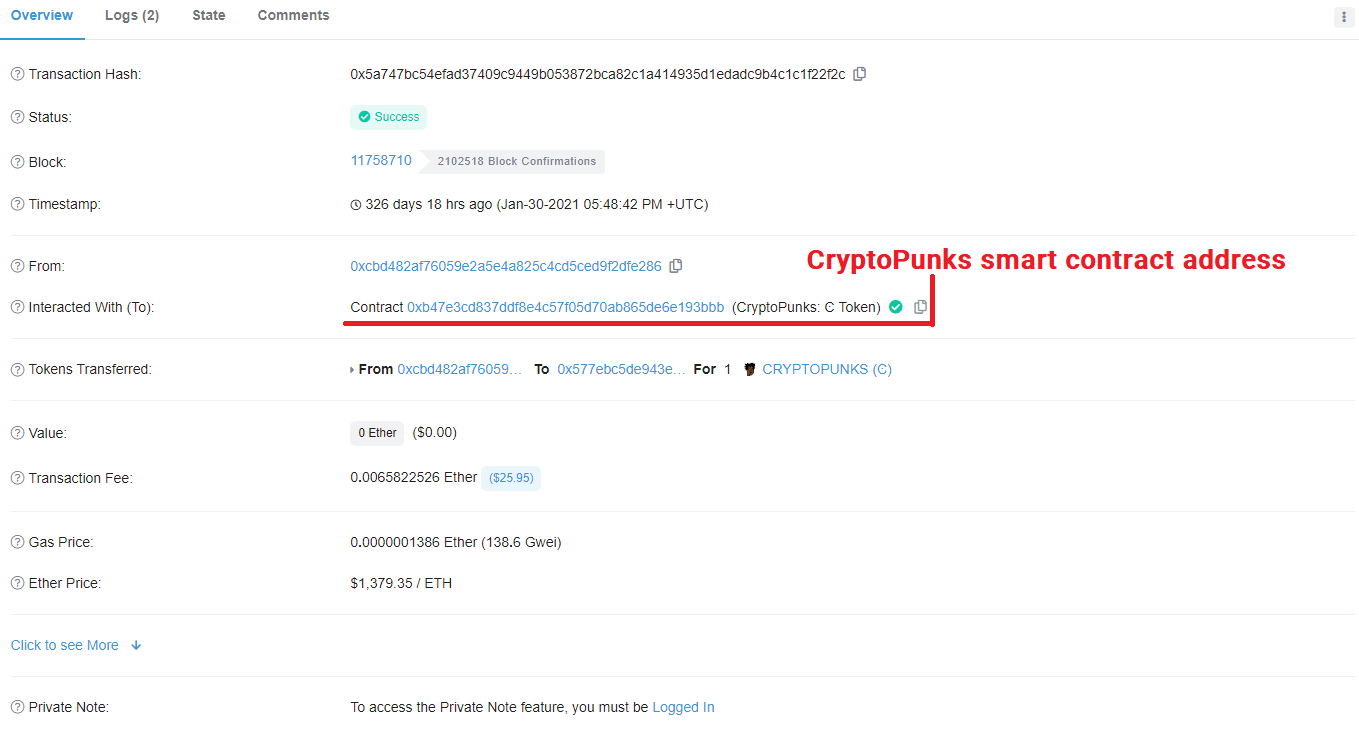
One of the core differences between NFT art and traditional art is that it is much easier to verify the ownership and authenticity of an NFT. Let’s take this CryptoPunk NFT listed on OpenSea. Anyone can easily check all the listings and transfers of the item since its creation.
Blockchain ledgers offer the same, transparent details about the trades of any given NFT since its creation to anyone with an internet connection. You can simply check the contract address of the artwork to see that it is an authentic item.
Traditional art uses physical certificates of authenticity that are often signed by the artist himself. As with any physical document, these too are threatened by frauds and scams.
Preservation
Another core difference between traditional art and digital art is the preservation aspect. Traditional art needs to be kept under a specific temperature and lighting, whereas digital art has no need for this. DaVinci’s Salvatore Mundi is not in its best shape, and it has undergone numerous repairs, being more than 500 years old.
Status symbol
Ever since the creation of our world, art has been a status symbol for the rich. However, they can only expose the art in a gallery or their own home, where not so many would see it. But with the internet, anyone who owns an NFT can post it on any social media channel for the whole world to see. Some NFTs, such as Bored Ape Yacht Club, also serve as entry tickets to exclusive parties, which are frequented by celebrities.
Market manipulation
As with anything from the digital space, successful crypto and NFT projects rely on a heavy marketing campaign.
While we think we are used to all kinds of marketing tactics, the blockchain projects are using aggressive campaigns. They often hire influencers and entire groups and to favor their product over the competition. A good online presence is a dream for any NFT project and is likely to bring more fans to the selling page. As with anything in the blockchain world, FOMO is a great tool for the seller.
However, this doesn’t work the same when it comes to traditional art. There are far fewer traditional art collectors, and they are not that easily impressed.
Legitimacy
NFT art is not yet as regulated as traditional art, and some can see opportunities for illegal activities, such as money laundering. While NFTs have all transactions registered on the blockchain, it’s hard to verify the identity of the seller and buyer.
Traditional art needs physical signatures and documents, making it much harder to use in money laundering.
Market reach
Using the power of the internet, NFT artists can reach a much larger mass and potential buyers than any traditional art house. NFTs benefit from the massive reach of NFT marketplaces (OpenSea, Rarible, Mintable), while traditional art pieces are usually sold through physical auctions that have a much smaller reach.
Artists
Anyone can create an NFT and become an artist, while traditional artists still require vetting from industry experts before selling their first piece for considerable sums.
The traditional industry still has hierarchical levels, and only a few gets recognized as artists during their lifetime, while the NFT hype can propel anyone in front of huge audiences ready to buy digital art.
Furthermore, NFT artists may be entitled to a part of any future reselling of the digital art, while traditional artists may not receive any royalties after they first sold their art.
NFT art vs. traditional art: Which one is better?

NFT art has the potential to transform the creative industry. However, it is barely in its infancy, and we are now witnessing the beginning of something that will feel ordinary to future generations. The space is getting more crowded by the minute — and not all NFT art is good.
While NFT art poses clear attributes over traditional art, such as a detailed history of sellers and buyers, it’s hard to declare one as being better than the other. They each serve a different and specific purpose, and occasionally these purposes overlap ━ status symbols and artists.
We’re all excited to see more from the NFT art space, but that doesn’t mean that traditional art will lose popularity. Only time will tell which one is better or how they can both aid our world, but it is certain that the world needs better artists and more great art.
NFTs can be hard to keep up with, so why not join BeInCrypto’s Discord server to ensure you’re on top of everything?
Frequently asked questions
What does NFT mean in art?
What does NFT mean?
Disclaimer
In line with the Trust Project guidelines, the educational content on this website is offered in good faith and for general information purposes only. BeInCrypto prioritizes providing high-quality information, taking the time to research and create informative content for readers. While partners may reward the company with commissions for placements in articles, these commissions do not influence the unbiased, honest, and helpful content creation process. Any action taken by the reader based on this information is strictly at their own risk. Please note that our Terms and Conditions, Privacy Policy, and Disclaimers have been updated.


